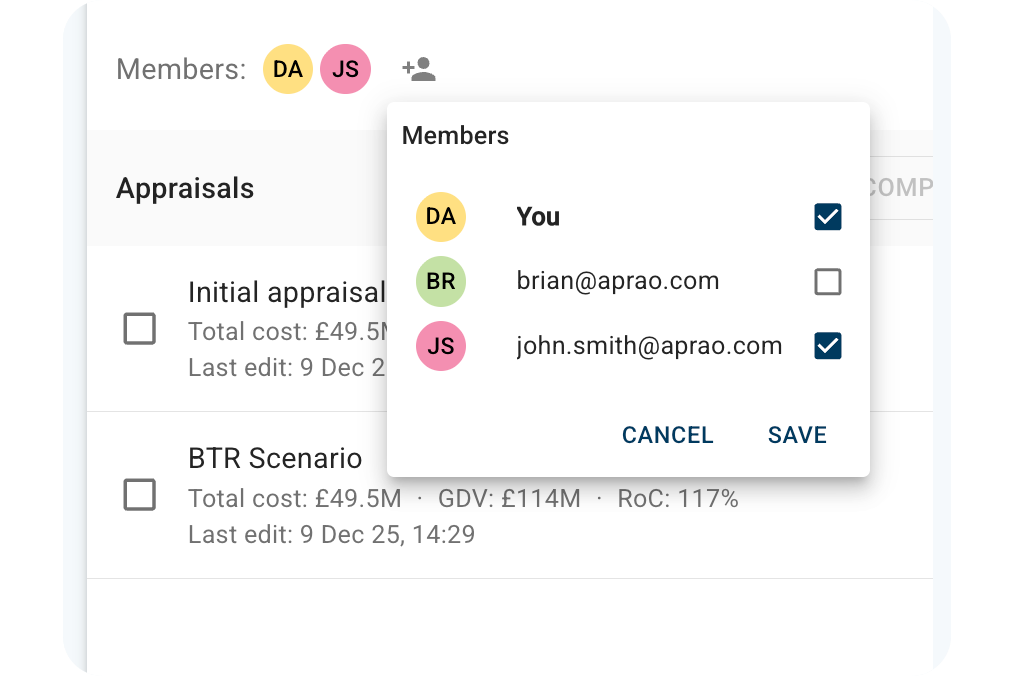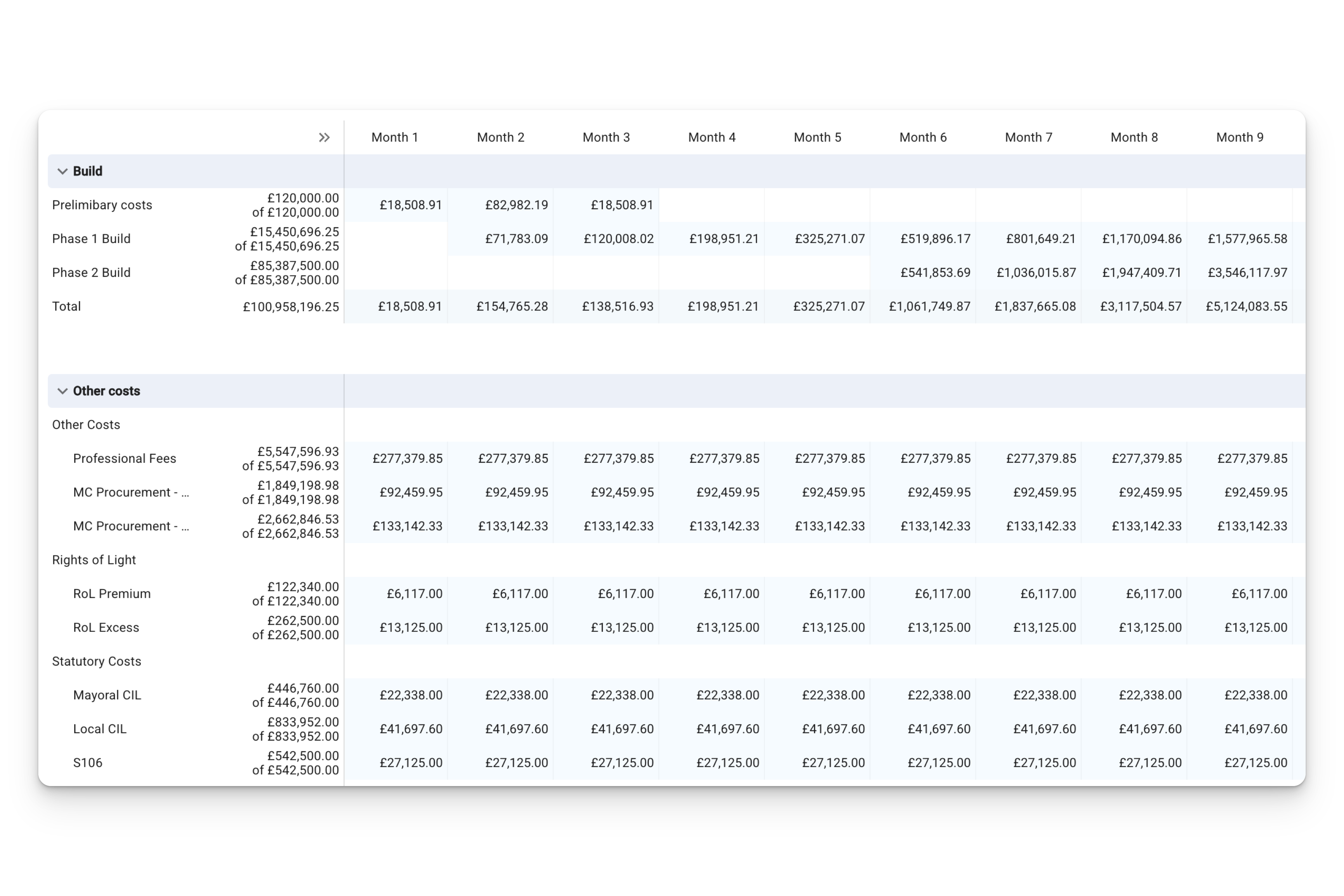Why has cloud-based financial tech been adopted in other financial sectors while real estate remains heavily dependent on Excel?
Aprao is an online appraisal platform that streamlines financial reporting in property development - so we speak to professionals in the real estate sector all day, every day. We've found that one of our biggest competitors is Excel, a highly dynamic and flexible tool that revolutionised financial reporting in real estate development over three decades ago.
We are pleased to report that as the UK development market has gone back to work, we are getting new tech-hungry real estate professionals signing up at an impressive rate. Late last week however, we had a couple of negative calls with developers who are wedded to their Excel models. Handling a negative call or two is very much part of the job when you're selling software, but it doesn't hurt to share our knowledge when it comes to Excel models, and why there's value in upgrading to the Aprao platform.
We're more than familiar with Excel-based development appraisals at Aprao. Nick is on our sales team, and as a chartered surveyor, has seen first-hand the archaic processes in place to financially assess investment and development opportunities. It's one of the reasons he changed career paths and joined Aprao! He often works with our clients to take their existing Excel model and translate it into a much faster, more reliable, Aprao template. So - why the reluctance to change?
Our CEO, Daniel Norman, who worked in development finance lending for over 10 years says that one of the reasons the Excel model is sticky, has to do with historical attempts to solve the problem. "There have been a number of legacy software companies that have created development appraisal tools, but they have not been universally adopted. If you're going to create an online platform that's worth paying for, you need to offer people more than just the same functionality they're already getting from an Excel spreadsheet." So while the initial benefits of switching to the cloud are obvious - less margin for error, easy versioning, collaboration - we have to offer more value than this in order for people to take the time to make the switch.
Not only that, but these historical attempts at bringing appraisals online have given users the impression that switching to a new service incurs significant cost: both financially, as well as their most important asset - their time. Legacy systems (some of which are still in use today) had complex and expensive onboarding processes, long contracts, and significant technical requirements in order to be implemented. While Aprao has no obstacles to onboarding (most of our users make their first appraisal within a few minutes of signing up!) to a lot of developers who have been stung before, this is a very legitimate concern.
From our research, the majority of both UK and global real estate players are still using Excel-based development appraisal models. With the tech push in other Excel-based professions such as accounting and finance, why is the property development sector still wedded to Excel, and will this change in the foreseeable future?
The Rise of Excel in Real Estate Development
“There have been two real explosions that have propelled the industry forward. The first one really happened in 1977 and it was the spreadsheet.” - Steve Jobs
Released in 1985 (it's older than the author of this article!) Excel was developed by Microsoft and quickly revolutionised previous methods of financial reporting, streamlining the work of many financial positions such as stock brokering, accounting, and replacing paper-based financial reporting in real estate development.
Microsoft continued to release new complex features including Monte Carlo simulations, What-If Analysis and a multitude of different graph tools enabling developers to analyse multiple scenarios more effectively. These are great tools, and Excel continues to be a staple in businesses across all verticals.
While Excel was never been created with or for property developers, it's been used so liberally that it's become a ubiquitous part of the property development landscape. But what do developers have to say after switching to a platform that was created with them in mind? Adrian from Love Property in London says: “Aprao is intuitive. Broadly speaking, we save 80% on the time taken to run appraisals. That translates into a significant amount of value for the business. We were previously using Excel, and laboriously so.”
Speaking to the more mature generation of property developers and surveyors, appraisals prior to Excel were what we might call a "back-of-an-envelope" calculation. Some were pretty detailed, but they were put together on paper, as a simple indication of project viability.
Now they're used to secure development funding (as well as a host of other uses) the humble development appraisal Excel template has grown into something far more detailed, increasing in complexity over time and eventually becoming the backbone of any real estate development. If the numbers indicate a low margin of profit, the scheme will not go ahead. Excel was a game changer, moving development appraisals onto an electronic format.






Leave a comment